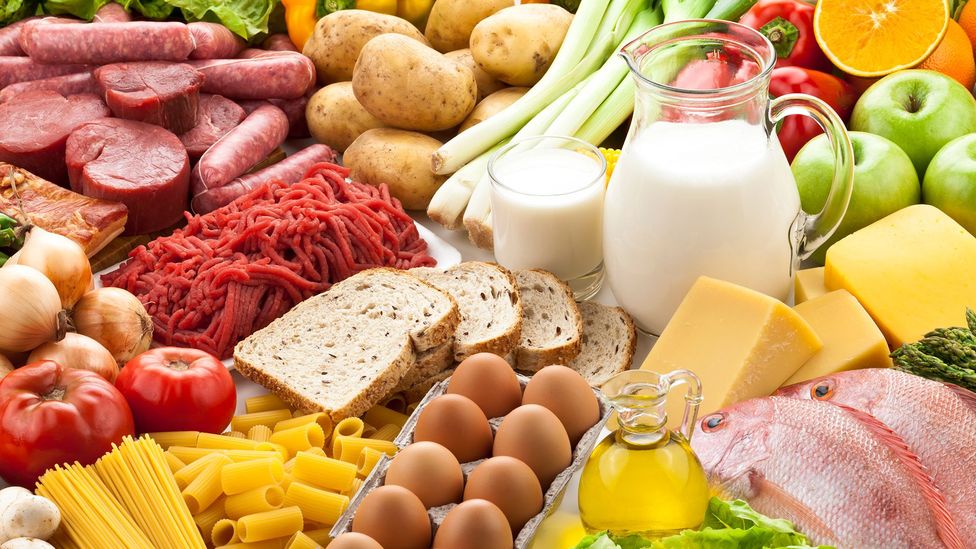You are going to Istanbul with your Greek head-on; you quickly become conscious that you are in a city of unknown knowns. Creeping up on you when you are least watching for it, you recognize that, both via the look of something or its call, you realize precisely what you’re managing. From the call for beans, “fasulye,” fascia in Greek, to the phrase for a street, “sokağı” in Turkish, and “sokakı” in Greek, the knowns are anywhere. Though the two languages appear almost impenetrable to each other, a familiar phrase pops up more regularly than you’d expect, and you recognize exactly what’s happening.
I will not regurgitate the centuries of records that are part of Greece and Turkey; honestly, it is not the easiest of connections. Having stated that, for two nations that could frequently be adversaries, those nations and cultures couldn’t be more closely related. I need to lay out the basic reason for our Istanbul journey. It wasn’t virtually for a cultural go-to – it turned into born out of a forty-three- 12 months-old friendship between my husband and his exceptional friend. They were thrown together on an enterprise research direction in Sheffield and have been the simplest overseas students, one Greek and one Turk. So, more than 40 years on, we’re in Istanbul with our friend as our host and unique manual.
At his home, we’re off the path, the “Misafir,” – and our ears listen to the acquainted phrase “mousafiris” – visitors. Dinner is dolma, stuffed greens, and, less familiar, selfmade manti – delicate Turkish ravioli – in conjunction with an excellent helping of seamless speak on the side. Above the chat and recollections, the decision of the muezzin via the open windows reminds us that we’re, after so many years, in Istanbul. The days are filled with incredible sights: Topkapı, Hagia Sofia, and the Bosphorus and the only-step transition between the two continents of Europe and Asia. There are mosques, minarets, cisterns and churches, lives, and intermingling cultures anywhere. And where there are human beings, there may inevitably be meals.

When she was little, my sister wouldn’t eat anything except she ought to look at it first – Greeks and Turks are identical. It changed into reassuring to see that in Turkey (it’s miles much less not unusual in Greece in recent times), the mezze dishes are delivered to the table on large trays for the clients to pick out as soon as seen. It became a hard desire at Bebek Balıkçı, with a blissful view of gently lapping water and bobbing boats. Smokey aubergine purée, a sharp parsley salad, sea-fresh prawns, and the most luscious cured bonito were subsequently determined. And there has been that hand of familiarity again: “maydanoz” like “maidens,” the Greek phrase for parsley, “karides” the same as the Greek phrase for prawns, and all of us knew what we were speaking about when the bonito became identified as “Lacerda.”
All the food is on the show at the normal restaurants in Greece and Turkey – not simply as pix,butr on trays of what you’re going to eat. And that’s what is crucial to the self-assurance of preference in an eating place – all recognize what we hope will make an appearance and manifestly taste like what appears on the menu. However, the reality doesn’t continually match the expectancy. Our lunch at Hünkar in the Nişantaşı neighborhood right now took me lower back to meals at Filippou in Kolonaki, Athens.
These two restaurants are more closely related than cousins – I’d call them stepbrothers. From the crisp white tablecloths to the long-serving workforce together with the more than dedicated clients, these institutions are virtually born from the identical food subculture. These places aren’t simply restaurants but touch factors of familiarity for their clients – a culinary domestic from home. The high quality of the food and the provider is exceptional; however, commonly, they come to have true domestic-style food in familiar surroundings.
People aren’t here to eat the brand-new food fad – I can correctly say there’s no longer a glimpse of avocado or quinoa. Hünkar and Filippou are bastions of traditional cuisine, and apart from the occasional exception, most dishes are remarkably similar. We should have eaten “anginares”/” engine” (artichokes) or perhaps “börek”/”borrelia” (pies) or “paça”/” pasta,” an extreme broth made from veal trotters. I went for Turkish “hünkar beğendi” – the creamiest aggregate of pureed aubergine and bechamel with a braised lamb topping.
Eating our way through Istanbul, we had roasted chestnuts (“katana”/” keystone”) on the road, drank the maximum sudden mixture of clean mulberry juice and vodka, and purchased “fındıklar”/”fountoukia” (hazelnuts) and “fıstık”/” fistikia” (peanuts) inside the bazaar. We saw menus with “kokoreç”/”kokoretsi,” “Arzola”/”Arizona,” and “media”/”media.” We located an area more acquainted than a foreign usa and perhaps a little stranger. Above all, we found that very antique relationships are exceedingly sturdy.


